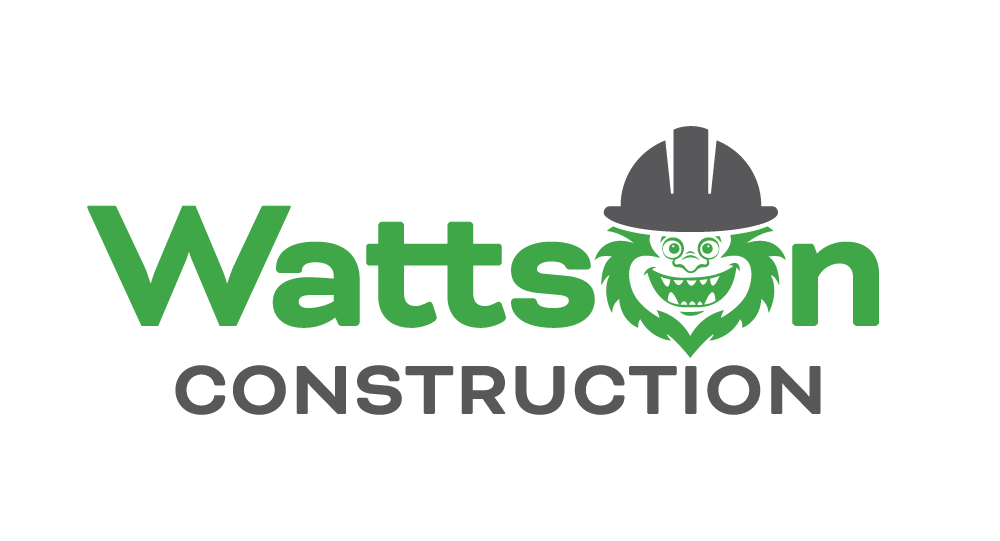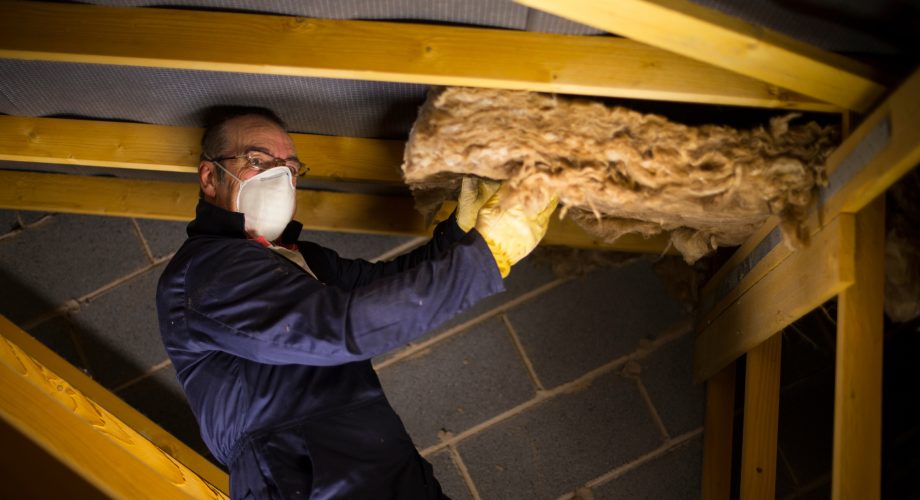Mold can be a significant issue when it comes to insulation. It is unsightly and can also cause health problems for those who come in contact with it.
There are ways to prevent insulation mold and keep your home healthy and safe. There are different types of insulating material, and their relative susceptibility to mold contamination also differs.
You can prevent insulation mold by making sure the insulation is properly installed. Keep the insulation clean and dry, and keep the area around it well-ventilated. Use a dehumidifier in areas that are prone to moisture, like bathrooms and basements.
Types of Insulation and Their Mold Susceptibility
Each type of insulation is made up of different materials, which can make them more or less susceptible to mold growth.
Fiberglass Insulation
Fiberglass insulation is insulation made from glass fibers. Fiberglass is usually used in residential and commercial settings due to its low cost and high R-value (a measure of thermal resistance). However, fiberglass insulation is also susceptible to mold growth.
This is because the glass fibers provide an ideal environment for mold spores to take root, and the insulation itself can act as a moisture trap.
Keep fiberglass insulation dry and ventilated to inhibit mold growth. If mold does start to grow, it is essential to remove it immediately.
Cellulose Insulation
Cellulose insulation is made from recycled paper products and is often used in attics and crawl spaces. Cellulose insulation effectively prevents energy loss, but it can be susceptible to mold growth if it gets wet. Mold can grow on any type of insulation, but cellulose insulation is especially prone to mold growth because it is made from organic material.
There are various mold prevention methods for cellulose insulation, including using a vapor barrier and keeping the area well-ventilated. If mold does start to grow, it is crucial to remove it immediately to prevent further damage.
Spray Foam Insulation
Mold can grow on the surface of the insulation or inside the material’s pores, causing it to deteriorate and lose its insulating properties. In addition, mold can cause allergic reactions in some people and is difficult to remove once it takes hold.
Keep the area around the insulation clean and dry, and ensure that any leaks or moisture problems are promptly fixed.
What Causes Mold Growth?
So, we know insulation can be a victim to the growth of mold, but why? What causes mold to grow in these places?
Water damage is one of the most common reasons mold grows on surfaces. When insulation becomes wet, it provides the perfect environment for mold spores to take root and grow.
Attic insulation and roof insulation can become wet due to leaks, condensation from appliances, or flooding. Areas with high humidity levels can also lead to mold growth on insulation. If the insulation is located in an area lacking airflow, such as a crawl space or attic, the chances of mold growth are even higher.
Areas of The Home That Are More Susceptible to Heavy Mold Growth
Many areas of the home are susceptible to mold growth, but some of the most common include bathrooms, kitchens, laundry rooms, and basements. Mold prevention starts with promptly keeping these areas clean and dry and promptly repairing any leaks or other water damage. If you uncover mold growing in your home, be sure to clean it up immediately and take steps to prevent it from returning.
Can You Spray Foam Insulation Over Mold?
If you already have mold on the insulation in your home, you may be wondering if you can simply spray foam insulation over it.
The answer is no.
The moldy insulation must be removed and replaced to prevent further mold growth. Once the insulation has been removed, the area should be cleaned and dried thoroughly. Once the area is dry and clean, you can begin installing insulation again.
The Best Mold Resistant Insulation
There are many different options available on the market when it comes to insulation. But not all insulation is created equal. Some types are more resistant to mold growth than others.
For example, closed-cell spray foam insulation is highly effective at preventing mold growth and can absorb moisture. This is because it forms a tight seal around pipes and inside exterior walls and other potential sources of moisture.
In contrast,
fiberglass insulation is less effective at preventing mold growth. This is because it provides an ideal environment for mold spores to thrive. As a result, closed-cell foam insulation is generally considered the best type of insulation that will control moisture and is mold resistant.
Preventing Mold Spores Can Improve Indoor Air Quality
Air quality is a huge concern for many people, especially those who suffer from allergies or respiratory problems.
Improve indoor air quality by preventing mold growth.
Mold spores are present in all indoor environments, but they only become a problem when they have the right conditions to grow. So then, how do you prevent mold growth?
The Best Ways to Prevent Mold Growth
Prevent mold growth in insulation with these steps.
- First, it is important to ensure that the insulation is installed correctly and that there are no gaps or cracks through which moisture can enter.
- Second, ventilation is key to preventing mold growth, so homes with insulation should have adequate ventilation to allow air to circulate.
- Third, if there is any water damage, it is important to dry the area as soon as possible to prevent mold from taking hold.
- Finally, use a dehumidifier in areas where mold is likely to grow, such as basements or attics. By taking these simple steps, homeowners can help prevent mold growth in insulation.
Whether you’re searching for the best
attic insulation or require mold removal from damaged insulation, our professional at Energy Monster can ensure your home’s needs are met. We provide various services, including
insulation installation, energy assessments, new heating, and air conditioning units, and much more.
Schedule an appointment with us today and get your free energy assessment!

